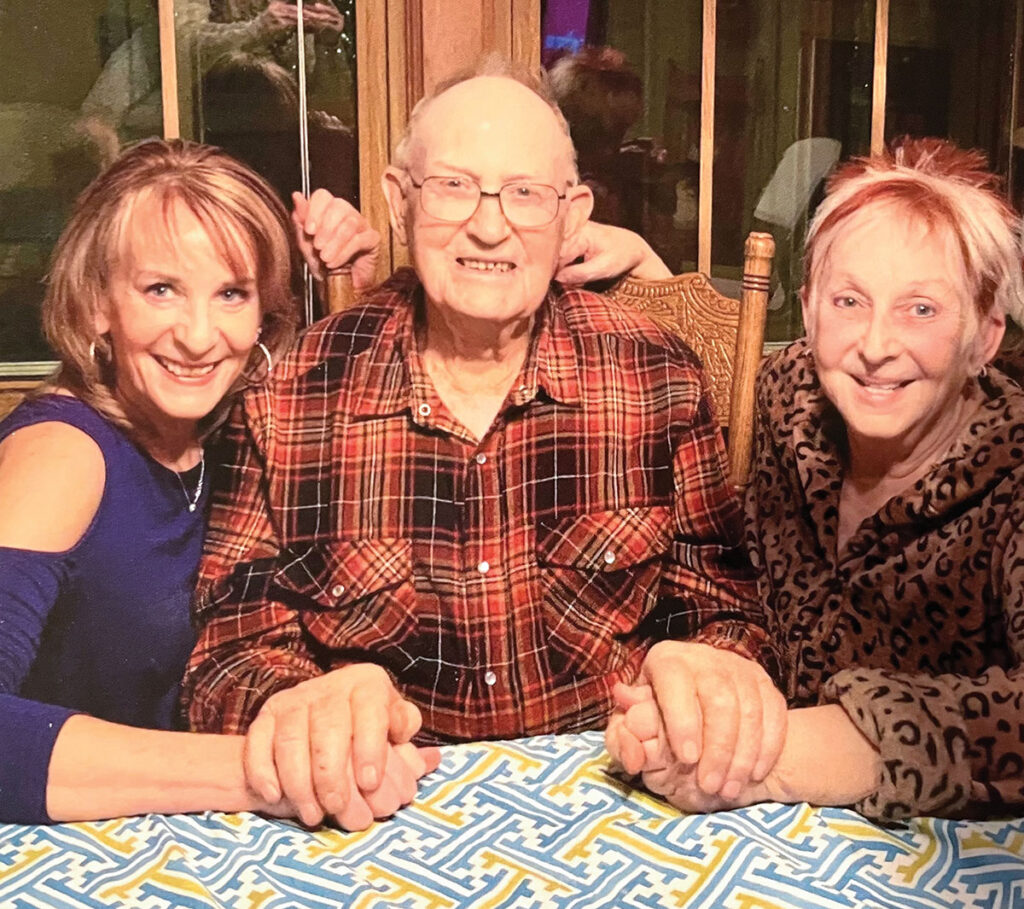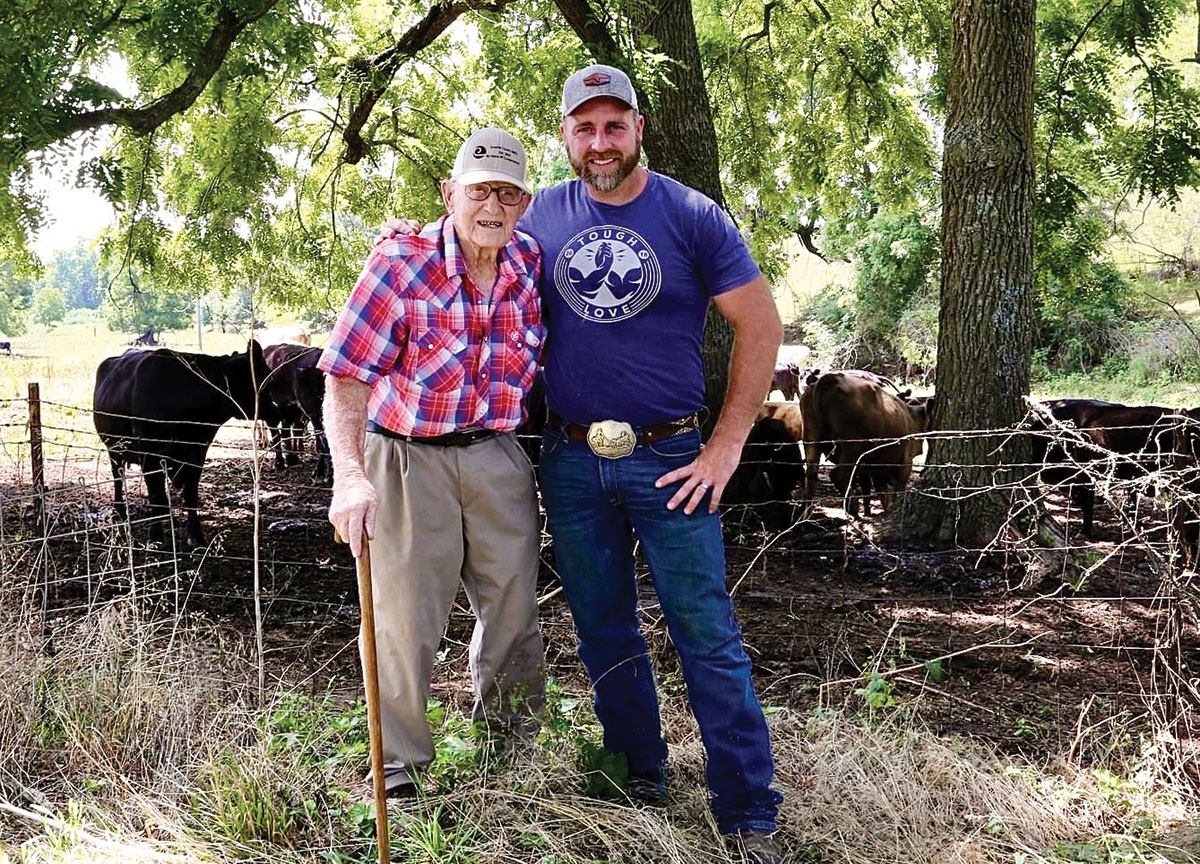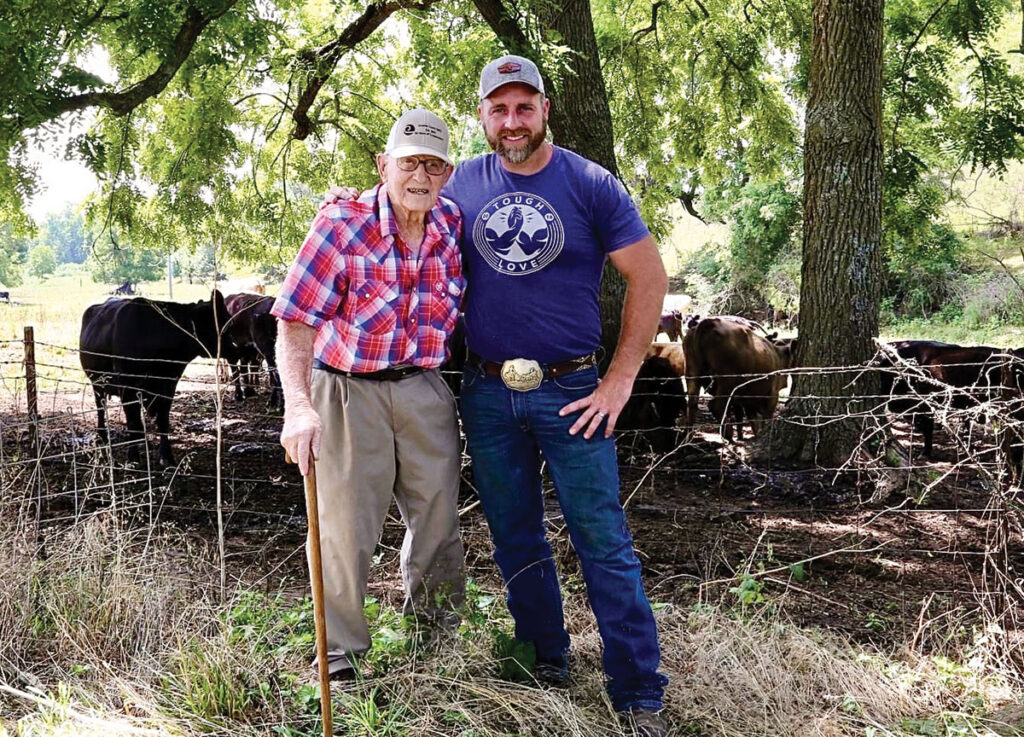
The Murray family’s farming operation began as a dairy in the 1880s
ASH GROVE, MO. – Adrian Murray has witnessed a century of change in the farming industry in Southwest Missouri.
Adrian, 94, owns Tri-County Dairy, a pristine 500-acre farm located in rural Ash Grove, Mo. The farm is situated in the counties of Dade, Lawrence and Greene. The Sac River meanders through the farm, bringing fresh water for irrigation. Over the years the Tri-County Dairy evolved into a beef cattle operation. They currently own 50 Angus, Hereford and Brangus mixed cattle. Justin Williams, Adrian’s grandson, is the sixth-generation of the Murray family to operate the farm.
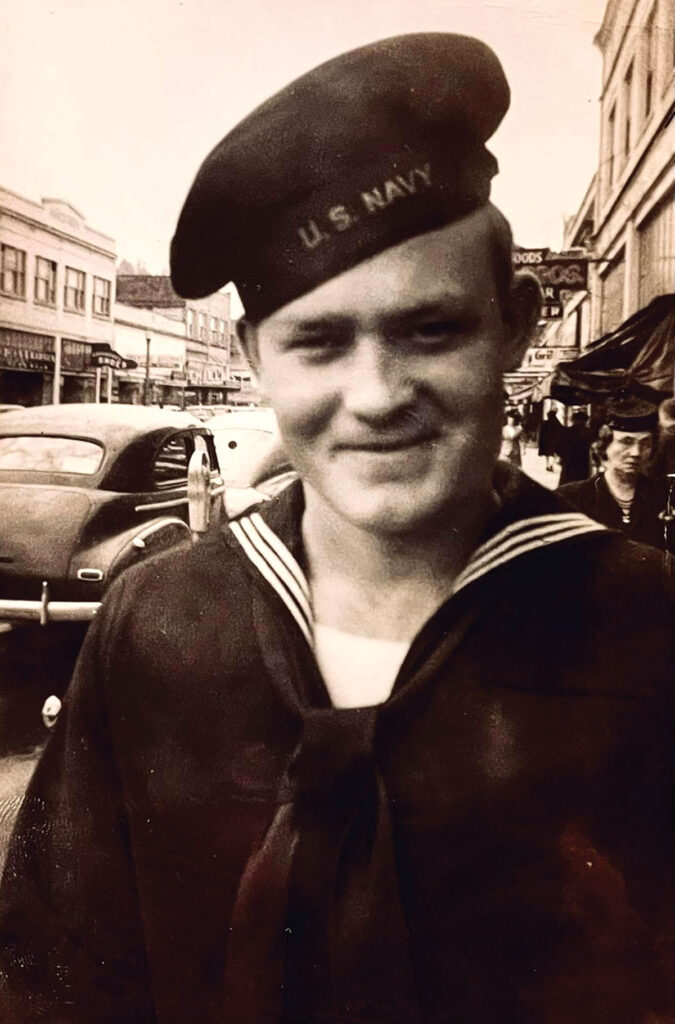
Adrian was born in 1927, on his family’s dairy farm. The dairy was originally started by his grandfather in the late 1880s. Teams of horses and wagons were used exclusively to plow and hay. The Great Depression of the 1920s and 30s were not easy years for farmers, who required great resilience to survive.
Adrian’s parents, Glenn and Edna Murray, were on the verge of losing the dairy in the 1930s when the Works Progress Administration (WPA) was building the Ash Grove High School. Adrian’s father applied to work as a carpenter. Their response was: “Glenn, you own too much. We can’t give you a job.” Subsequently, Glenn left in 1937 to find work in Los Angeles, Calif., thereby saving the farm for generations to come.
That left young Adrian, 10, his younger brother Renne, 8, 16-year-old Byron and mother Edna at home to run the dairy. Adrian’s father was gone for 10 years, working in the shipyards as a welder. After World War II, he built large oil refineries in Alaska and Saudi Arabia. When he returned, they build the family home that still stands on the property today.
“Daddy left us with 16 Jersey heifers to milk,”Adrian recalled. “We also grew grain, hay and we had silage. We worked with our uncles, Wayne and Troy Murray, who also had large farms near ours. Several farmers worked together in teams, thrashing and putting up hay all summer. I really miss that.”
In the summer, Adrian and Renne held grain sacks under the threshing machine and milked cows. Producers Creamers of Springfield, Mo., picked up two full milk cans and left two empties every day.
“There wasn’t much money to be made in those days,” Adrian explained.
Adrian remembers when the first John Deere side delivery rake and loader came out. His brother Byron and cousin Dale loaded the wagon while 10-year-old Adrian drove the team.
“We learned to work,” Adrian said.
It wasn’t all work and no play, however. On Saturday nights, the family would pile into the Model T Ford and go to the show in Ash Grove.
“At night, the older boys cruised Main Street with their girlfriends in Model A Fords,” Adrian recalled. “People lined the streets on both sides to watch the goings on. When World War II was over, that was the big thing.”
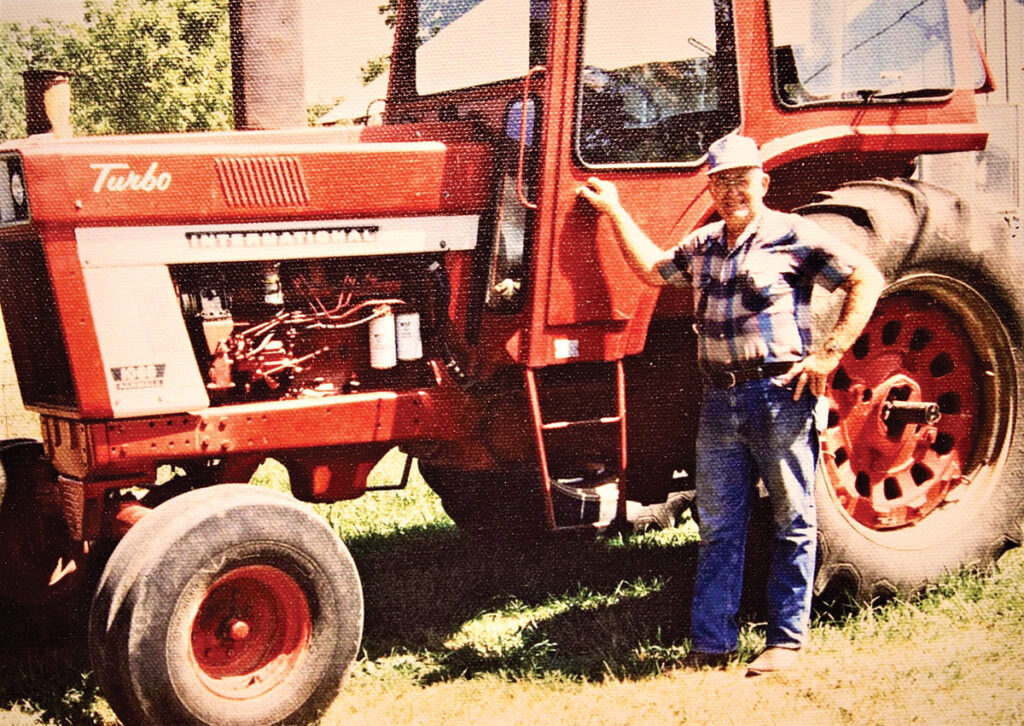
Self-sustaining crops were grown to feed the family and livestock. All the row crops were utilized on the farm. Every year a man came with a truck and blower to blow the corn into the silo. A combine was used to cut the corn and sorghum into bundles. The neighbors all loaded their wagons and took the bundles to the silo.
During WWII, most farmers received deferments. Adrian’s brother enlisted in the United States Army, leaving him on the farm. When the family got word that Byron and Glenn were returning, Adrian enlisted in the United States Navy. When he was discharged, Adrian married Wannalea Hollingsworth in Dec. 1948. They had three daughters, Marcia, Marty and Traci. In 1948, the Murrays built a Grade-A milk barn and switched to Holsteins.
In the early days, most people farms were covered with lespedeza. The Murrays grew alfalfa.
“When they came up with fescue, it took the country,” Adrian added. “It saved soil and people quit plowing. It’s been a very good crop.”
Also in the 1980s, the round bailer came out.
“I would say the round bailer saves more time than any other farm implement,” Adrian said.
Tri-County Dairy was one of the first farms to be designated a Century Farm.
